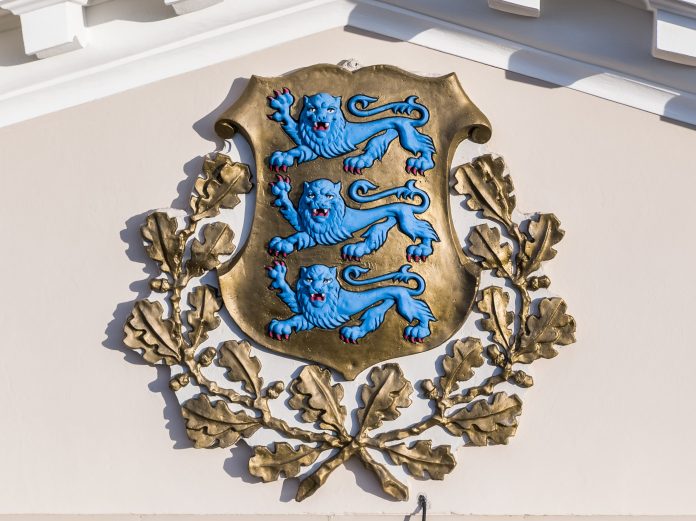At an extraordinary meeting on Wednesday, the Estonian Cabinet of Ministers approved a draft 2025 national budget act.
Total budget revenues in 2025 are estimated at EUR 17.7 billion, or 900 million euros (5.2%) more than in 2024. Expenditures will total to EUR 18.2 million (up 600 million euros or 3.5% over 2024), according to budget documents.
Estonia plans to keep its nominal budget deficit at 3% of gross domestic product (GDP) in 2025, which is the same level that was forecast in the supplementary budget for 2024. This satisfies Maastricht budget requirements. Because of major increases in security and social expenditures, among others, Estonia’s debt level will increase by around EUR 930 million to 24.3% of GDP.
Along with the national budget, the Cabinet of Ministers also approved a national budget strategy for 2025-2028.
The government communications office reports that the government plans to spend EUR 5.6 million on national defence during the next four years. EUR 1.6 billion were added in the state budget strategy for the acquisition of long-range weapons munitions during the period up until 2031.
Defence spending in the coming years will be far about 3% of GDP – at least 3.3% each year and rising to 3.6% of GDP in 2027. These data suggest that Estonia will be in second place among NATO member states in terms of defence expenditures, right after Poland, but ahead of the United States.
While strengthening its domestic defence, Estonia will also continue to support Ukraine with an amount of more than EUR 100 million per year, or 0.25% of GDP. This will be achieved as much as possible via products from the Estonian defence industry, thus marking the largest national industrial growth plan to date.
The government said in a news release that military defence is successful when it is public supported and when local residents and the authorities are prepared for crises. With his in mind, an additional EUR 219 million are slotted over the next four years for investments in a broad-based national defence, including EUR 165 million aimed at strengthening internal security. Projects will include strengthening of the border between Estonia and Russia, addressing hybrid threats and enhancing civil protection.
The surge in defence spending will be financed by a fixed-term and broad security tax in Estonia that is to last until the end of 2028. During the four years, the government projects revenues of EUR 2.6 million from the tax, of which EUR 594 million will come from the corporate profit tax.
Next year’s national budget also contains EUR 1.9 million in investments and investment subsidies as a way to boost the Estonian economy. Estonia is ranked number one in the EU in terms of investment levels.
Source: BNS
(Reproduction of BNS information in mass media and other websites without written consent of BNS is prohibited.)

